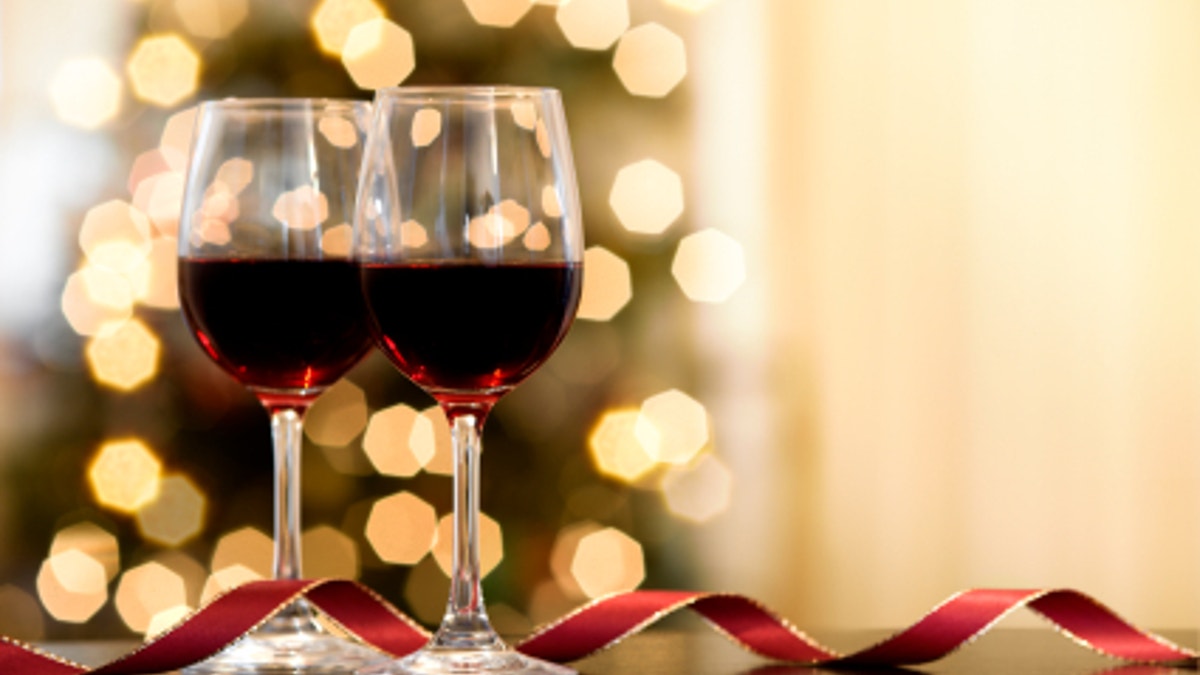
(iStock)
Selecting a bottle of wine or two for a specific occasion can either be a delightful or daunting affair. The veteran oenophile relishes the opportunity discover something unusual but oddly perfect, the grape that steals the show while somehow also elevating and advertising the virtues of the meal. But for the wine neophyte, the seemingly infinite menu of choice is a source of paralysis, and the opportunity is primarily for personal embarrassment. I’ve known friends who were less worried that the family approved of their romantic partner than their wine preference.
And in many ways it the explosion of the wine market has made things even harder-there has never been a more confusing array of obscure choices to pick from, assembled from the around the globe. Gone are simpler days when a handful of familiar reds and whites were the only spartan possibilities, generating the relief that paradoxically issues from limitations on our freedom. I was recently in a wine bar that offered a Slovenian Refosk--does that pair well with a Christmas pudding? And since when did Slovenia make wine?
To muddy the waters even more, Christmas fare is typically less fixed by tradition than Thanksgiving offerings, and often involves numerous side dishes; the resulting cacophony of competing tastes and smells makes it impossible to find any single wine that accommodates the whole smorgasbord of culinary possibility. Last year my family served glazed ham and empanadas. Should I maybe just bring a few liters of ginger ale?
But wine should be an instrument of decompression, not despair. The simplest and most reliable route to go is to avoid specifically pairing one varietal with each dinner course and lean towards generally food friendly wines. In the broadest terms, this means any wine that is fairly acidic, relatively low in alcohol, brushed with softer tannins, and as little encumbered by oak as possible (the robustness of oak has a tendency to overwhelm the flavor of food). As far as reds go, Pinot Noir, Beaujolais (Gamay grape), Barbera, and Chianti fit the bill well. If you’re feeling especially generous this season, maybe try a Chateauneuf Du Pape or a Cotie Rotie, from France’s Southern and Northern Nhone, respectively. For whites, Chenin Blanc, Pinot Grigio, Viognier, or an Albarino are incredibly versatile choices and all available at very affordable price points. And especially as a precursor to a meal, the lively acidity and low sugar of a dryer Champagne not only couples well with a wide spectrum of different tastes but stimulates the saliva glands, arousing the experience of hunger. Champagne is more famous for arousing other animal spirits but remember that Christmas is a family affair.
The supposed “science” of pairing has become an obsessive fetish of the wine world, with professional sommeliers posing as expert (and sometimes tyrannical) matchmakers, demanding that their arranged marriages of food and spirits is the only one that guarantees a happy tasting experience. Of course, it is true that there is a kind of science to these rules, since the characteristics of some wines are uniquely suitable to compliment, even amplify the peculiar notes of some food. But while a gewurztraminer is widely considered a felicitous pairing with spicy food, it’s a terrible recommendation for someone who doesn’t like gewurztraminer. It’s not very inspired counsel even if you like a gewurztraminer but simply aren’t in the mood for one. The scientific pretension of wine pairing is always limited, even chastened by the central importance of subjective taste, of personal inclination. For this, there can be no rules, only whim and adventurous experimentation.
If you’re mining this column for advice that likely means your decision is liberated from the strictures of standing tradition, from a designated “family wine”. That being the case, maybe consider setting aside the compulsive dictates of pairing and choose something new, something impulsive, happily untrodden ground. You might find yourself intoxicated with the unchartered process of discovery, not to mention the fruit of your searching.
